|
With a couple of lows and strong westerlies forecast for teachers' week, Rich Bonser and I joined Dan Pointon on Lewis, Outer Hebrides, for five days from 20-24 October, our optimism spurred on by a good arrival of American passerines from Iceland south to Scilly, including a Baltimore Oriole on nearby Barra. It's very much a boom or bust scenario in the Outer Hebrides in late autumn. While there's plenty of room for optimism and determination, expectations should never be set too high as there's every chance you'll go home having seen virtually nothing. As it transpired, our five days involved plenty of visits to fantastic-looking sites, a lot of pishing, a fair bit of day-dreaming ("you can just imagine an Ovenbird creeping around in here" etc) and lots of birdless hours. Plus there's the weather ... while it can be changeable, our four days of birding were largely conducted in a westerly gale with variable amounts of drizzle/rain falling. Conditions are rarely easy here at this time of year. That said, the scenery is epic and the conditions often play into its hands, making it look an even moodier and more beautiful island. We drove up to Ullapool on the evening of Friday 19th, eventually arriving there around 6.30 am on Saturday, having left London some 10 hours previous. In the harbour, a white-winged gull proved to be a Glaucous x Herring Gull, apparently a long stayer (for a few years now) and a bird that is very much at the Glaucous end of the spectrum. It's the sort of thing that'd be easily passed off as Glauc were its chequered life history not better known. On Lewis itself, we had a fine start at Mangersta on the morning of 21st (which, incidentally, was undoubtedly our best day for weather). As well as a Lesser Whitehroat in one of the small, isolated gardens, both Pectoral and Buff-breasted Sandpipers were quickly picked from among a small flock of European Golden Plovers. Then, a little later, the first of the trip's four Yellow-browed Warblers and a 1cy Dark-bellied Brent Goose were seen at Ardroil, as well as a Lapland Bunting at Gallan Head. From then on, things gradually became more of a challenge, with the wind picking up, the cloud closing in and the rain beginning to fall. Our efforts were split between the Ness area, which essentially incorporates a host of small villages from South Dell and Skigersta north to the Butt of Lewis, the 'far west' (Mangersta, Ardroil and Aird Uig), Great Bernera and, finally, the west coast around Barvas and Borve. Ideally you'd need more than a single team covering the island in peak autumn – with so much cover to go at, 10 or more car-loads would be able to do this huge island a bit more justice. Despite the atrocious weather, birds were clearly still moving each day – as evidenced by the fact we were seeing different birds at the same localities on different days – and we could only wonder about what we were missing, particularly with Red-eyed Vireos and Grey-cheeked Thrush found in Iceland and further REVs in Ireland while we were up there. In terms of common migrants, undoubtedly the most numerous was Redwing. Thousands were seen over the five days, including exhausted flocks around the lighthouse at the Butt in the howling westerly. Migration at its most epic! Other species were few and far between, with Bramblings seen in their ones and twos at most places and around 20 Chiffchaffs tallied, making that species the commonest warbler by some distance. Just a handful of Blackcaps were seen and the Lesser Whitethroat at Mangersta certainly looked like a blythi. Surprisingly for late October, no fewer than four Willow Warblers were seen, which seems a lot given the comaparative number of Chiffchaffs. You can't help but wonder from how far east they might have come. As mentioned previously, four Yellow-browed Warblers probably wasn't a bad result, given it's not been the best of autumns for them. Two of these were in the fantastic and extensive garden at Crulivig, which is just before the bridge over to Great Bernera. We also had a Pied Flycatcher there. Other oddities included a Treecreeper and a Great Tit up at Port of Ness. Each of us had our favourite spots. Dan has had success on Lewis in the past, most notably a Yellow-billed Cuckoo at South Dell in late September 2016. South Dell is a great village with several brilliant gardens (complete with friendly and welcoming owners). It instantly became a favourite of Rich's. While we couldn't eke out a Yank this time, it did give us brilliant views of Yellow-browed Warbler and Siberian Chiffchaff, while we were also shown a photo of a juvenile Rosy Starling present a couple of days before our arrival. Personally, I found that the westernmost coast was most enthralling; it's almost unnerving to imagine what must have gone undetected in the likes of Mangersta and Aird Uig over the years. Perhaps my favourite spot, though, was Croir, at the north end of Great Bernera. This is a small valley, running north to south (and thus offering shelter in even the strongest of westerlies), with a few well-vegetated gardens, including willows, sycamores, fruit trees, conifers and denser, scrubby cover. Essentially, it looks absolutely amazing (I'm not convinced it matters all that much that Great Bernera is 'set back' a bit from the coast) and I'd love to find something there one day. As it happened, the best we did this year was a Fieldfare and a couple of Chiffchaffs ... Eventually, the incessant wind and rain, overall lack of migrants and lure of a Stejneger's Stonechat on the way back to London proved all too much, and we left Lewis on the Wednesday afternoon. Thursday brought reasonable views of the Stejneger's at Salthouse, Norfolk, where a couple of Waxwings also flew over, before it was back to the grime of London that evening. Lewis has it all – apart from birders working it. With Tony Marr's return to Norfolk this winter, there will now be a precise total of zero birders based at Ness, while the western parts of the island essentially remain unbirded for the majority of the year. As well as its location, it boasts a great range of habitats – from fantastic gardens and gulleys to promising loughs and beaches (not least Loch Ordais, which must have hosted so many American waders over the years). It has the potential to produce birds from all points of the compass, and not just in autumn. For those of you thinking about a week on Shetland again next October, why not mix things up and visit the Hebrides? It'd be great to see more consistent coverage up here in the future, as clearly the very few visiting at present are barely scratching the surface. There must be so much to be found.
0 Comments
Leave a Reply. |
This pageThe musings of a wildlife enthusiast, usually armed with his camera. Archives
May 2024
|
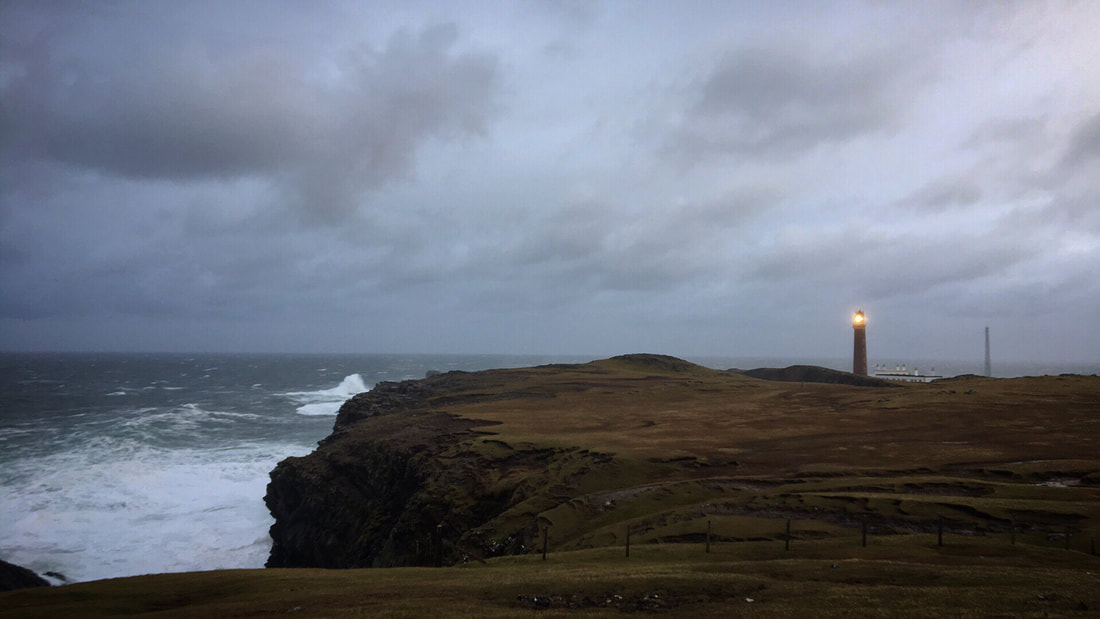

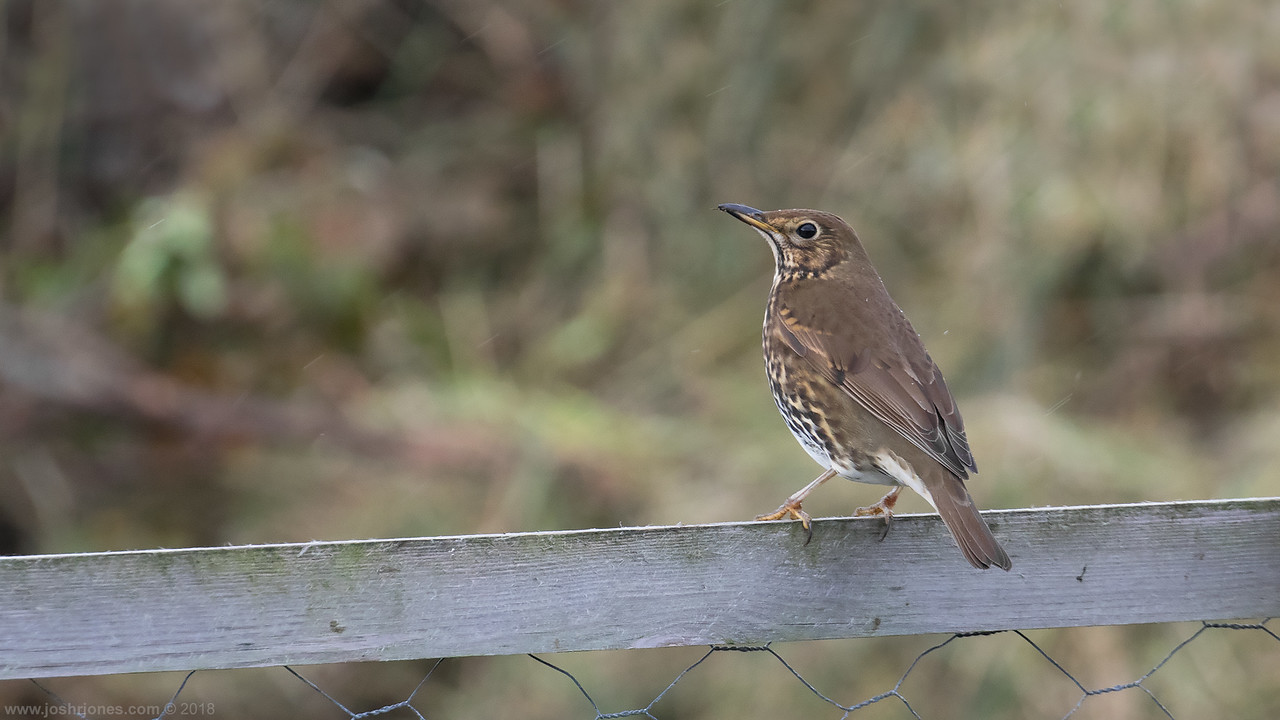
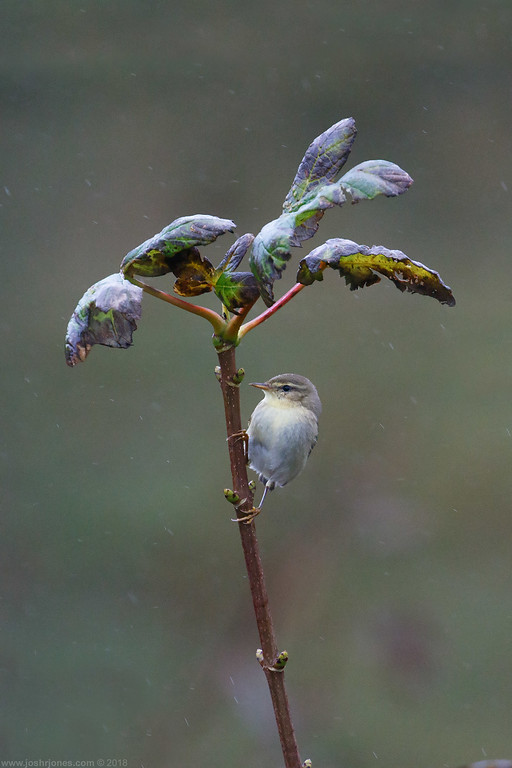
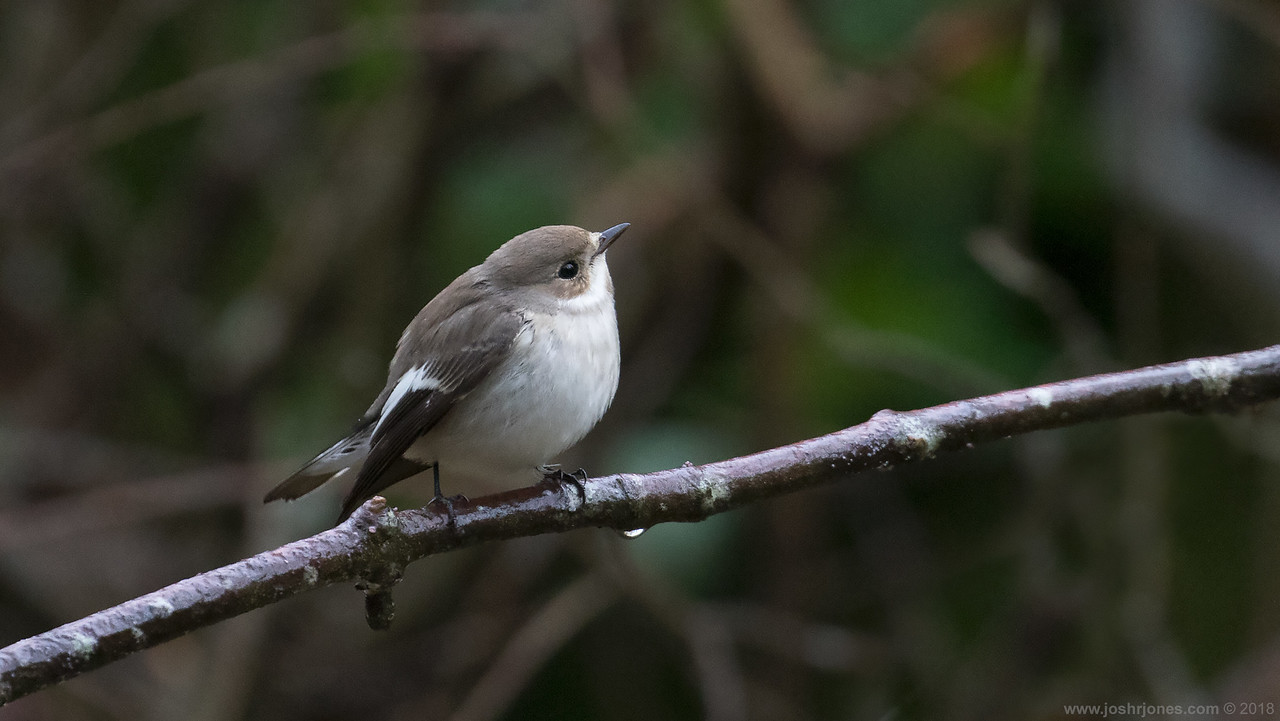
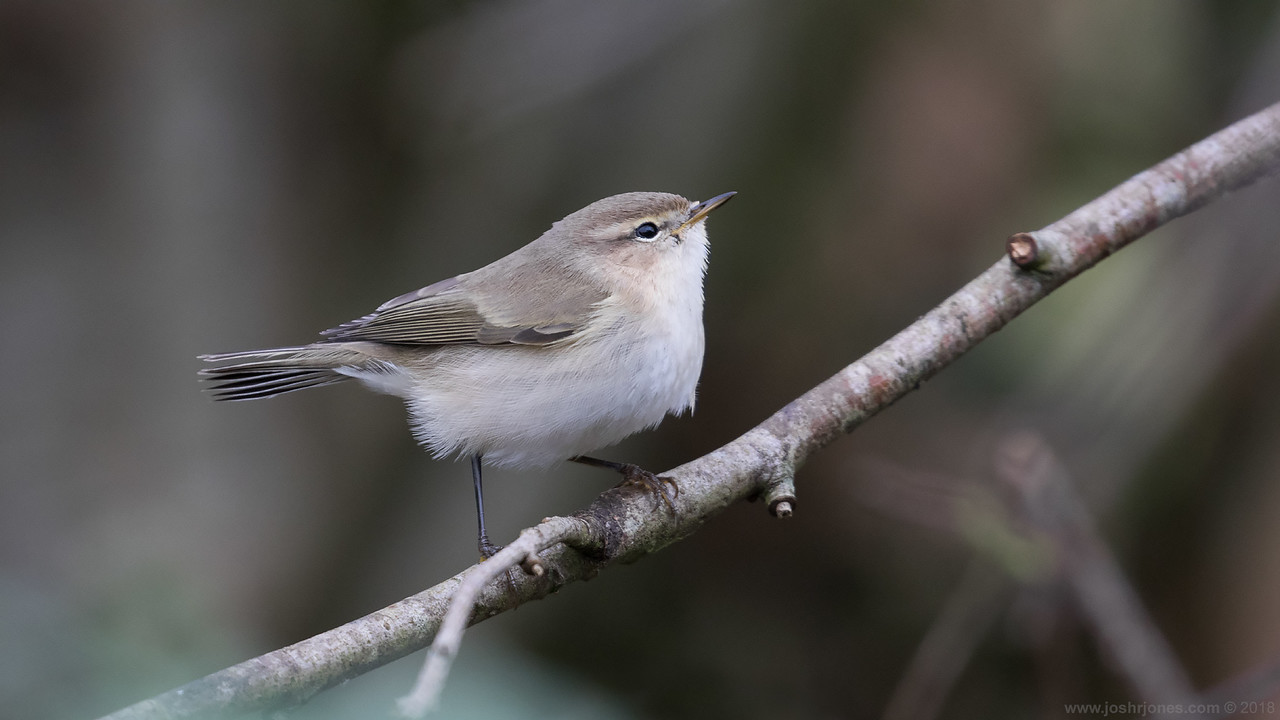
 RSS Feed
RSS Feed